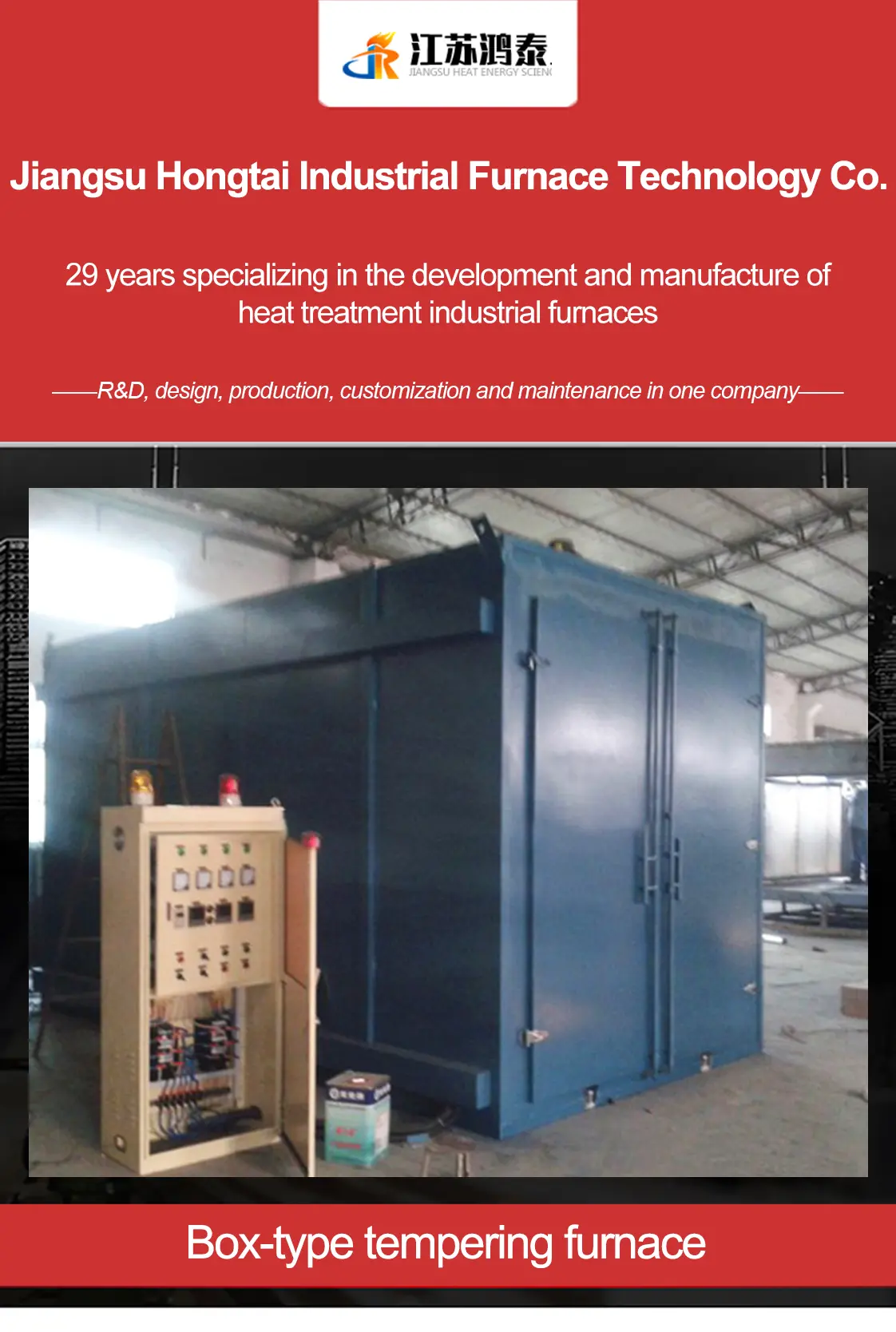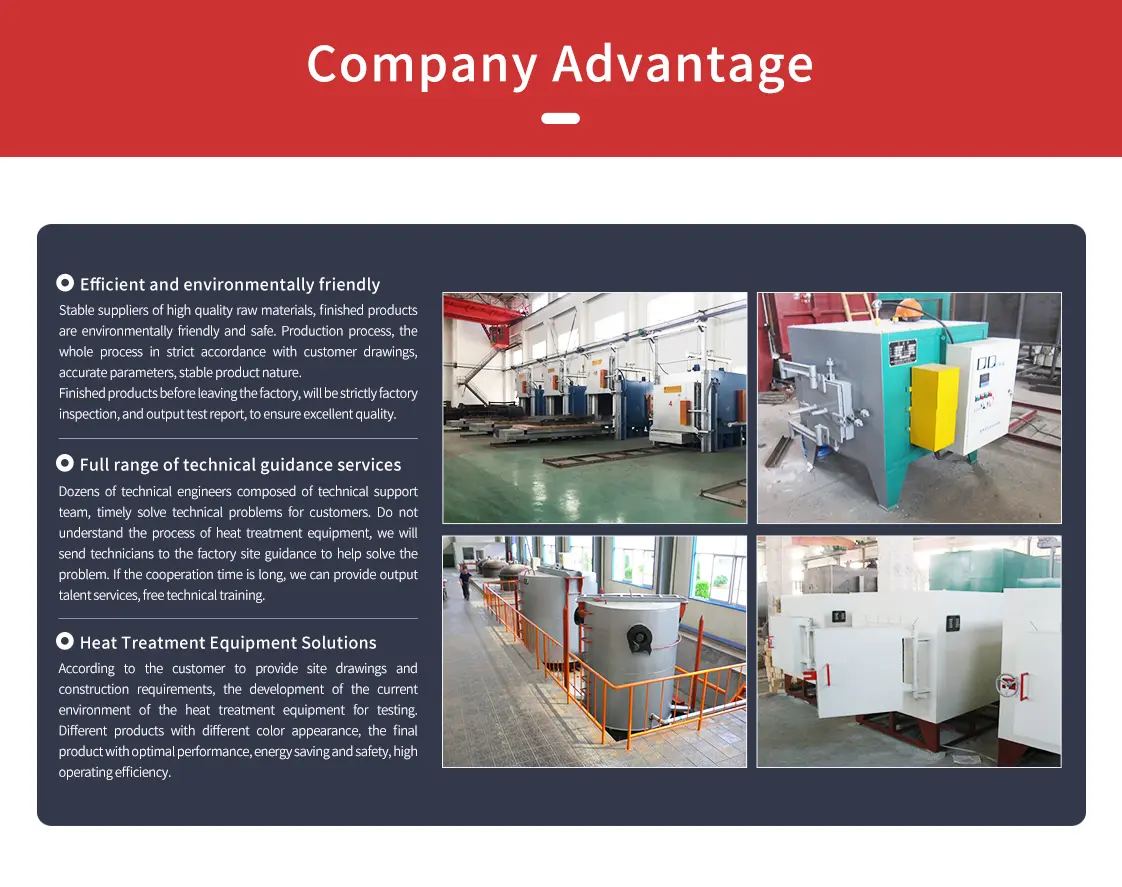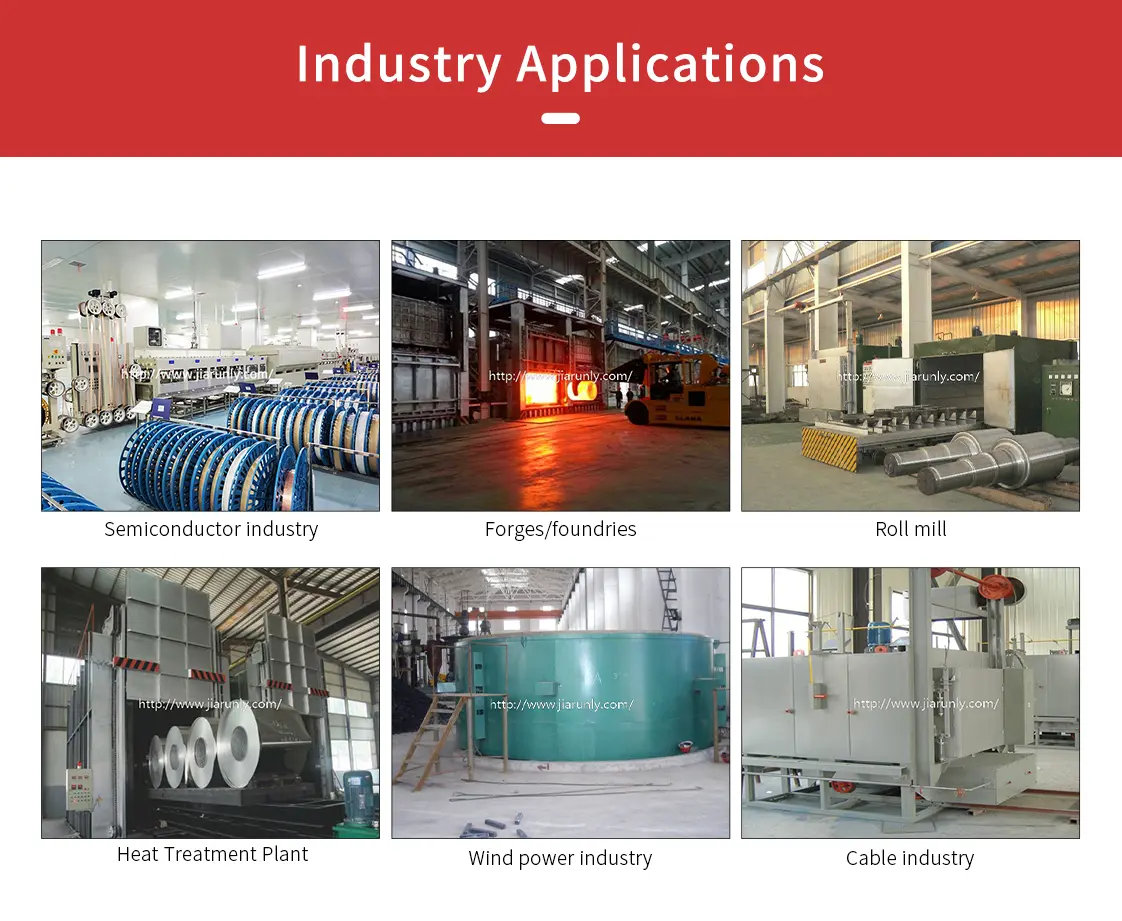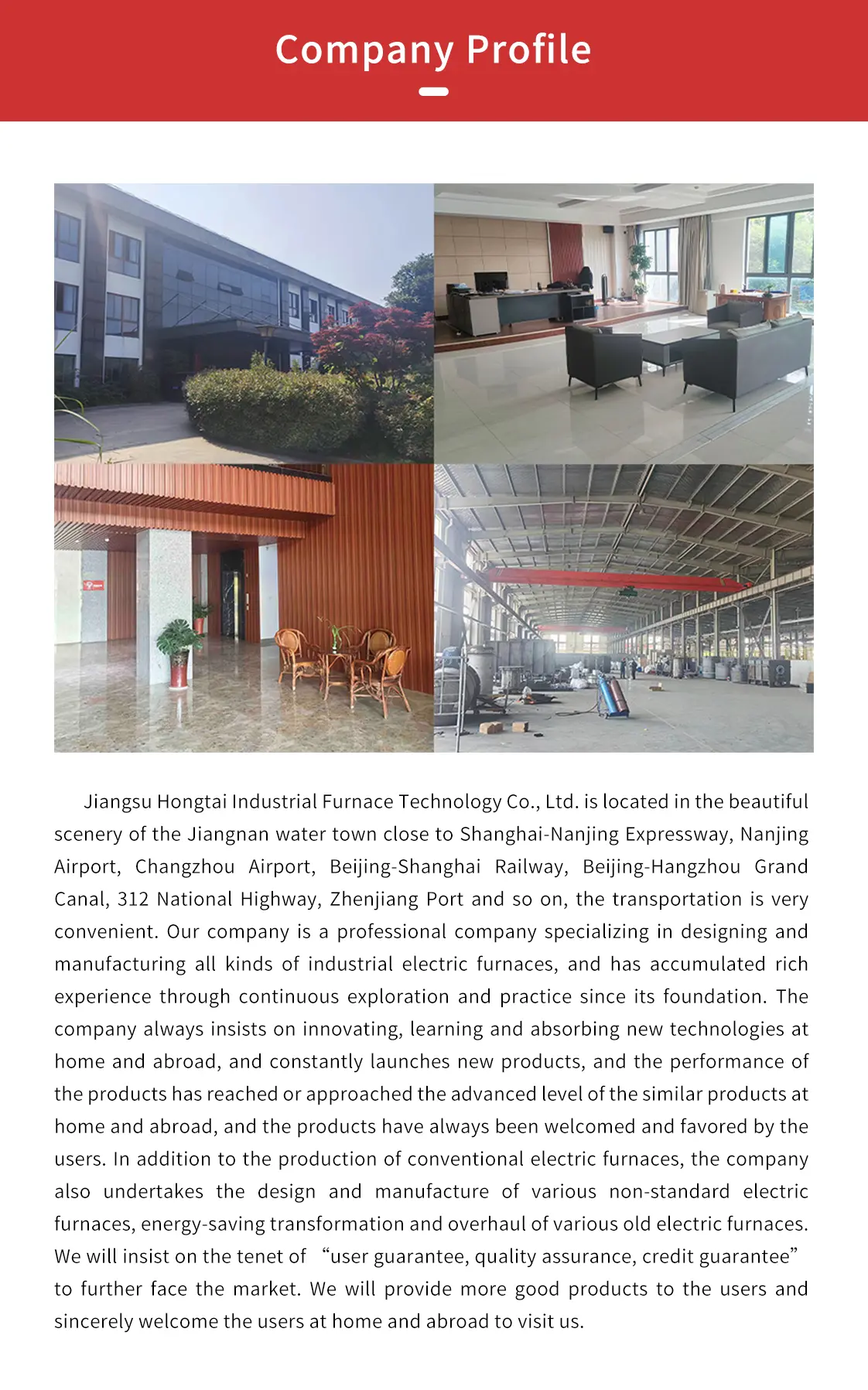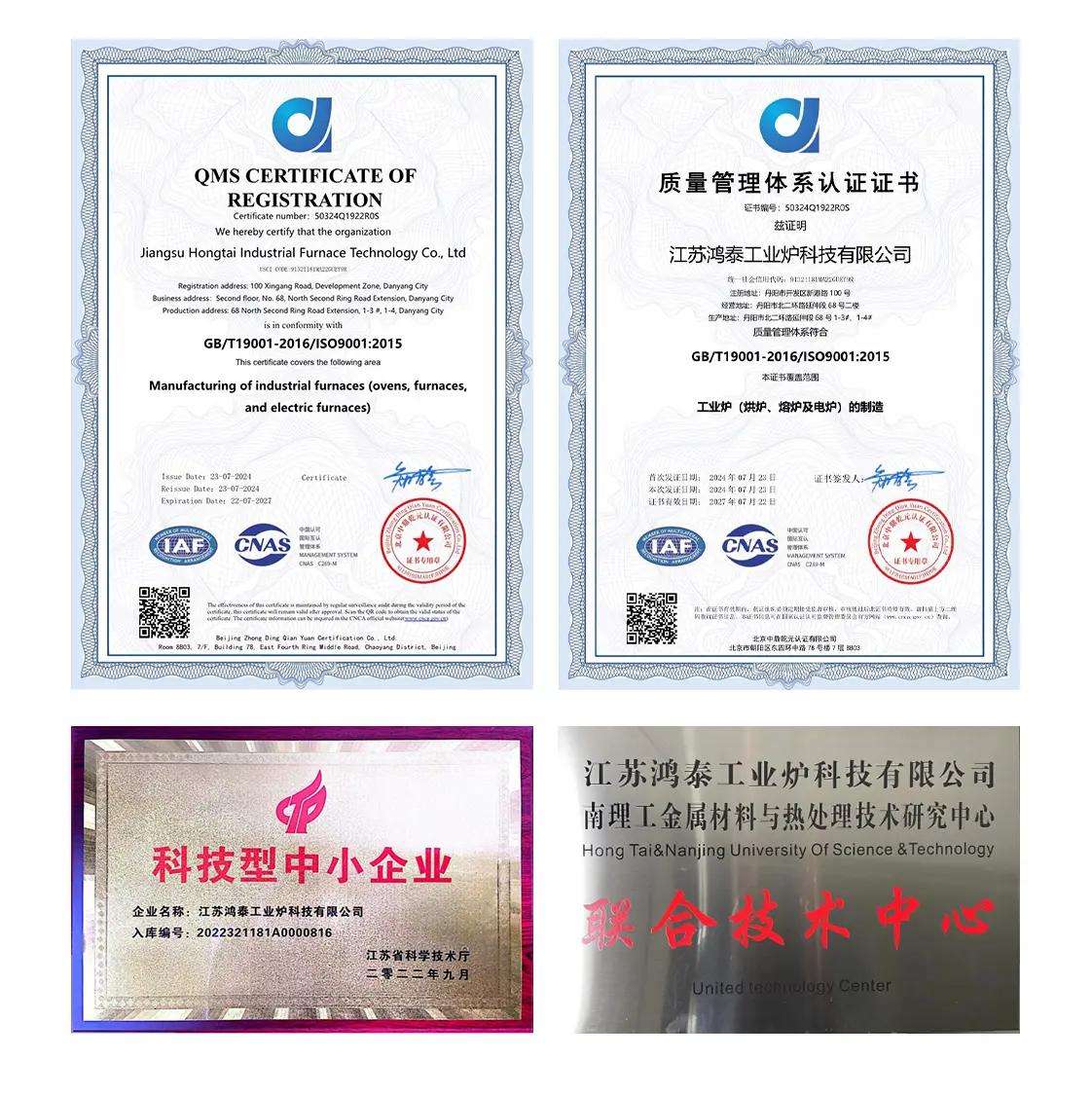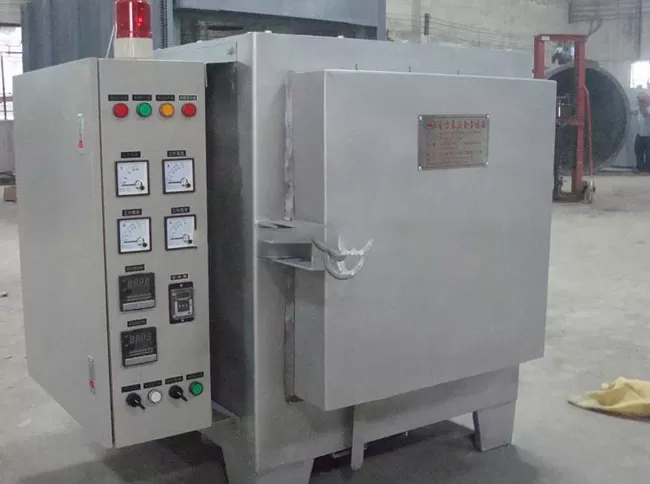- Vacuum furnace & oven
- Annealing Furnace & Oven
- Tempering furnace & oven
-
Carburizing furnace & Ovens
-
Bell Type Furnace
-
Pit Type Furnace & Well Type Furnace
-
Box Furnace & Chamber Furnace
-
Car Bottom Furnace & Bogie Hearth Furnace
-
Nitriding furnace & Ovens
-
Melting furnace & Ovens
- Quenching furnace & Ovens
-
Rapid quenching furnace & Ovens
- Forging furnace & Ovens
- Bright heat treatment furnace & Ovens
Box Type Furnaces for Tempering
Heat treatment furnace manufacturer,Jiangsu Hongtai Industrial Furnace Technology Co., Ltd
Box Furnace
Box Type Furnaces for Tempering
Enhanced Material Toughness and Ductility
Product Introduction
Our Box Type Furnaces for Tempering are specifically engineered to perform the critical heat treatment process of tempering, which is essential for enhancing the toughness, ductility, and stability of materials, particularly after quenching. These furnaces are designed to precisely control temperature and time, allowing for the reduction of brittleness and internal stresses induced during hardening. Ideal for a wide range of metals and alloys, our tempering furnaces ensure uniform heat distribution and accurate temperature profiles, leading to superior material performance and extended service life for components. With robust construction and advanced control systems, they provide reliable and repeatable results for various industrial applications.
Key Advantages of Our Tempering Box Furnaces
- Precise Temperature Control: Advanced PID control and uniform heating ensure accurate temperature profiles, critical for achieving desired material properties during tempering.
- Enhanced Material Properties: Effectively reduces brittleness and internal stresses, significantly improving the toughness, ductility, and fatigue resistance of quenched materials.
- Versatile Application Range: Suitable for tempering a wide variety of ferrous and non-ferrous metals, including steel, aluminum, and specialized alloys, across diverse industries.
- Energy Efficiency: Optimized insulation and heating element design minimize energy consumption while maintaining high thermal efficiency and rapid heat-up times.
- Robust and Durable Construction: Built with high-quality refractory materials and robust steel structures, ensuring long-term reliability and minimal maintenance even under continuous operation.
- User-Friendly Interface: Equipped with intuitive touchscreen HMI and programmable logic controllers (PLC) for easy operation, recipe management, and comprehensive data logging.
- Customizable Configurations: Available in various chamber sizes, temperature ranges, and atmosphere options to meet specific production volumes and process requirements.
Technical Specifications
| Parameter | Unit | Range/Value | Notes |
|---|---|---|---|
| Maximum Operating Temperature | °C | Up to 750 | Optimized for tempering processes |
| Chamber Dimensions (W×D×H) | mm | Customizable | Designed to customer specifications |
| Heating Elements | - | High-quality resistance wire | Ensures uniform and stable heating |
| Temperature Uniformity | °C | ±3 (typical) | Achieved through forced air circulation |
| Control System | - | PLC with Touchscreen HMI | Programmable, data logging, remote access |
| Rated Power | KW | Varies by size and configuration | Energy-efficient design |
| Door Type | - | Vertical Lift / Swing Out | Manual or automated options |
| Atmosphere Control | - | Optional (Inert Gas) | For specific material requirements |
Working Principle
Box type furnaces for tempering operate by reheating previously hardened (quenched) materials to a specific temperature below their critical point, holding them at that temperature for a set period, and then cooling them. This process aims to reduce the brittleness and internal stresses that develop during quenching, while simultaneously improving the material's toughness and ductility. The furnace chamber is typically heated by electrical resistance elements, and forced air circulation often ensures excellent temperature uniformity throughout the load. Precise temperature control is crucial, as the tempering temperature directly influences the final mechanical properties of the material. During the holding phase, atomic rearrangements occur within the material's microstructure, leading to the precipitation of fine carbides and a more stable, less brittle structure. The cooling rate after tempering is generally less critical than after quenching, often involving air cooling or a controlled furnace cool.
Process Flow
Loading Quenched Parts
Previously quenched workpieces are loaded into the tempering furnace chamber, ensuring even distribution for uniform heating.
Heating to Tempering Temperature
The furnace heats the parts to a precise tempering temperature, typically below the critical point, with controlled ramp rates.
Soaking at Temperature
Workpieces are held at the tempering temperature for a specified duration to allow for stress relief and microstructural changes.
Cooling & Unloading
Parts are cooled, usually in air or a controlled furnace cool, then unloaded and prepared for subsequent processes or inspection.
Solving Customer Pain Points
Brittle Materials After Quenching
Our tempering furnaces effectively reduce the brittleness of hardened materials, restoring ductility and toughness for improved performance.
High Internal Stresses
Precisely controlled tempering cycles relieve internal stresses induced during quenching, preventing cracking and dimensional instability.
Inconsistent Mechanical Properties
Superior temperature uniformity and accurate control ensure consistent mechanical properties across all tempered parts, reducing variability.
Energy Consumption & Operating Costs
Energy-efficient design with optimized insulation and heating elements lowers operational costs and contributes to sustainable manufacturing.
Limited Process Versatility
Our furnaces accommodate a wide range of material types and part sizes, offering high versatility for diverse tempering applications and production needs.
Complex Operation & Maintenance
Intuitive HMI and robust construction simplify operation and reduce maintenance requirements, leading to higher uptime and ease of use.
Customer Success Story
A major tool manufacturing company reported a 20% reduction in tool breakage and a 15% improvement in fatigue life after integrating our Box Type Furnaces for Tempering into their production line, leading to significant cost savings and enhanced product reliability.
Customization & Support
We provide comprehensive customization services for our tempering furnaces, including chamber dimensions, temperature ranges, and control features, to perfectly align with your specific industrial requirements. Our dedicated support team offers expert guidance from initial consultation and installation to ongoing maintenance and technical assistance, ensuring optimal performance and customer satisfaction.
Related Keywords
box tempering furnace, industrial tempering furnace, heat treatment, metal toughness, ductility, stress relief, post-quenching treatment, batch tempering, steel tempering, alloy tempering, heat treat equipment, industrial ovens, furnace solutions, material stabilization
